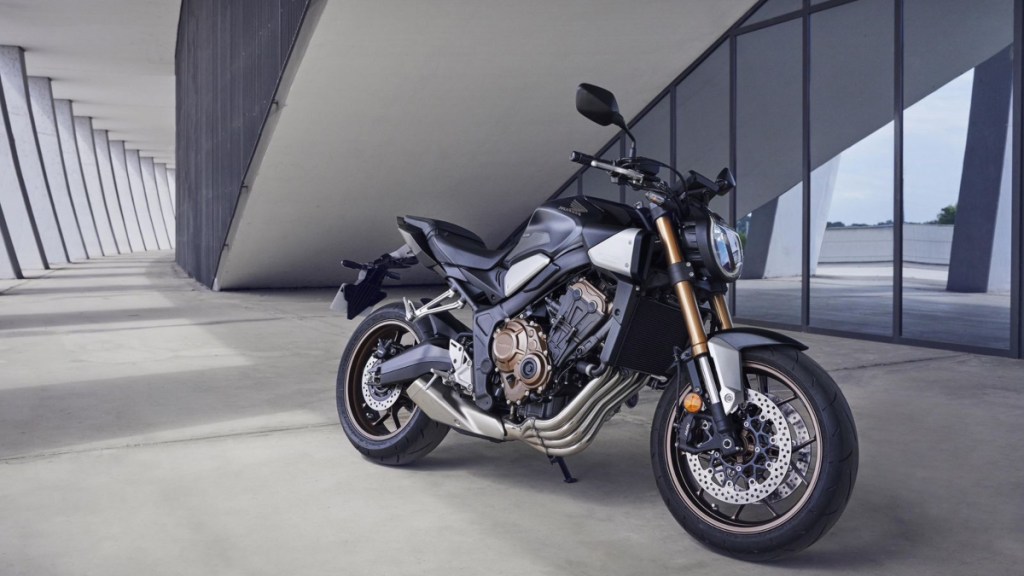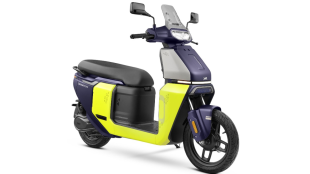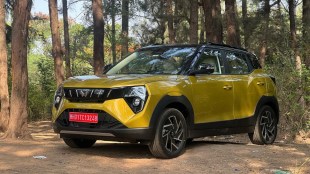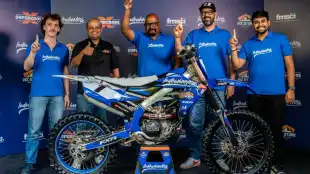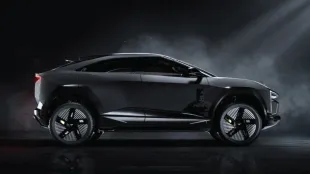Honda recently teased the CBR 650R on its Big Wing social media handle, hinting at a launch of an updated iteration of the motorcycle. A couple of days after teasing the fully-faired sports bike, the Japanese auto giant has teased its naked streetfighter sibling as well.
While the short clip doesn’t give out any specific detail, the silhouette of the bike, despite being in the shadows, clearly confirms it is the CB 650R. And like the CBR 650R, we expect the same update with the CB 650R. This means the Electronic Clutch or E-Clutch is expected to make its way to the middleweight naked streetfighter.
Readers should note that the CB 650R shares the exact same underpinnings and powertrain as the CBR 650R. Powering both these motorcycles is a 649cc, inline four-cylinder, liquid-cooled engine that churns out 94 bhp and 62.3 Nm of peak torque. This engine is paired with a 6-speed gearbox via a manual slip and assist clutch. The updated iteration is expected to add Honda’s E-Clutch technology.
Honda’s E-Clutch system, introduced in October 2023, combines elements of quick-shifters, traditional manual clutches, and the brand’s Dual Clutch Transmission (DCT). While the clutch and transmission hardware remain unchanged from standard configurations, the E-Clutch system adds approximately 2 kilograms to the overall weight.
Honda E-Clutch working
The E-Clutch system allows for clutchless gear changes during both upshifts and downshifts, as well as smooth takeoffs and stops—eliminating the need for the rider to manually use the clutch lever. It activates automatically when the engine starts and helps prevent stalling. Riders can still operate the clutch manually if they choose, and the system will automatically resume control shortly afterward.
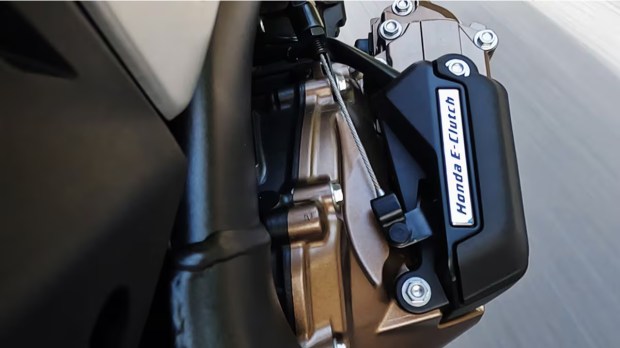
The system also offers customization with three selectable shift sensitivity settings—hard, medium, or soft—for both upshifts and downshifts. If the motorcycle is in too high a gear for the speed, the instrument panel can recommend a downshift. E-Clutch functionality is governed by real-time data, including throttle position, engine speed, gear selection, and shift pedal input. A dual-motor actuator inside the engine casing manages clutch engagement, while ignition timing and fuel delivery are precisely adjusted to ensure smooth operation.
